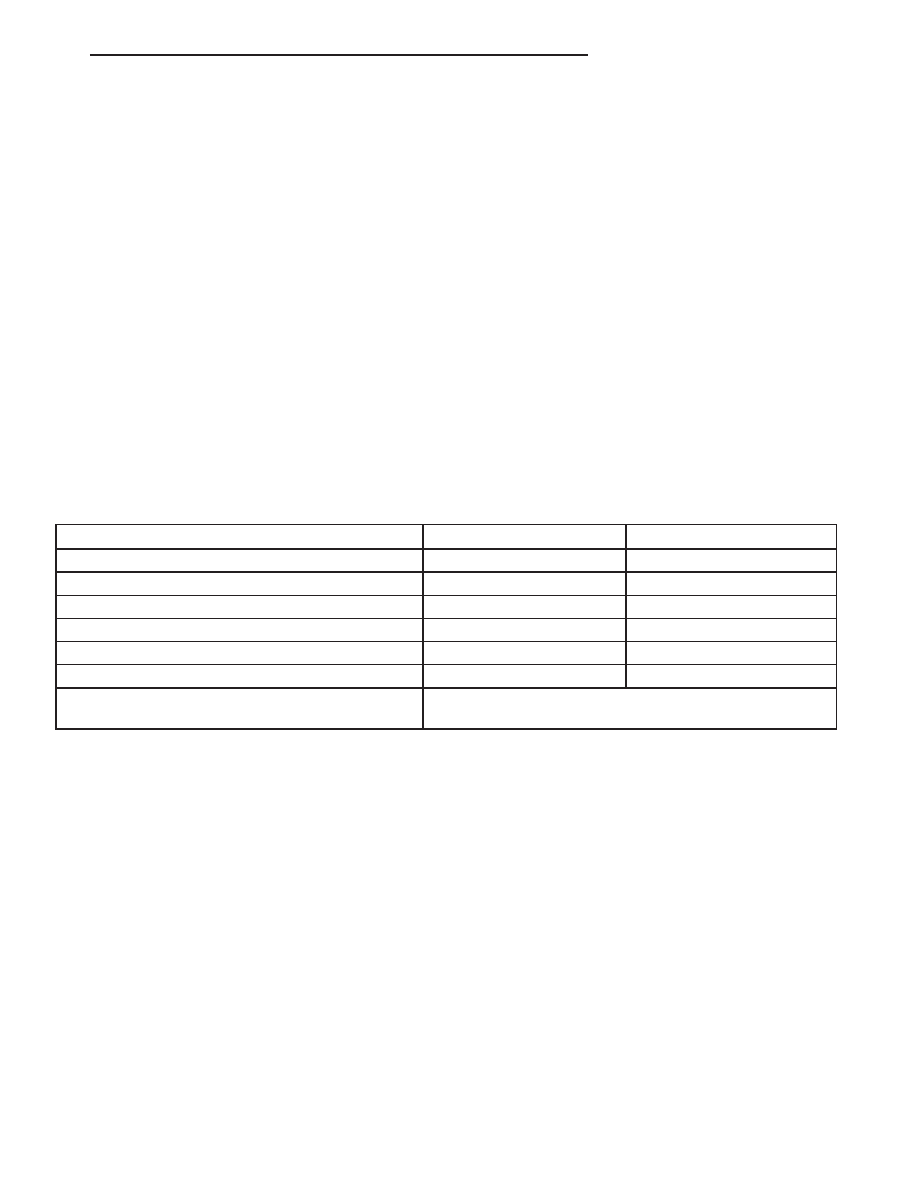Content .. 1565 1566 1567 1568 ..
Dodge Durango (HB). Manual - part 1567

CAUTION: The oil used in the Denso 10S20 A/C compressor is ND-8 PAG R-134a refrigerant oil. Only refrig-
erant oil of the same type should be used to service the A/C system. Do not use any other refrigerant oil.
The oil container should be kept tightly capped until it is ready for use and then tightly capped after use to
prevent contamination from dirt and moisture. Refrigerant oil will quickly absorb any moisture it comes in
contact with, therefore, special effort must be used to keep all R-134a system components moisture-free.
Moisture in the refrigerant oil is very difficult to remove and will cause a reliability problem with the A/C
compressor.
NOTE: Most reclaim/recycling equipment will measure the lubricant being removed during recovery. This
amount of lubricant should be added back into the system. Refer to the reclaim/recycling equipment man-
ufacturers instructions.
It will not be necessary to check the oil level in the A/C compressor or to add oil, unless there has been an oil loss.
An oil loss may occur due to a rupture or leak from a refrigerant line, a connector fitting, a component, or a com-
ponent seal. If a leak occurs, add 30 milliliters (1 fluid ounce) of refrigerant oil to the refrigerant system after the
repair has been made. Refrigerant oil loss will be evident at the leak point by the presence of a wet, shiny surface
around the leak.
Refrigerant oil must be added when a receiver/drier, A/C evaporator or A/C condenser is replaced. See the Refrig-
erant Oil Capacities chart. When an A/C compressor is replaced, the refrigerant oil must be drained from the old
compressor and measured. Drain all of the refrigerant oil from the new A/C compressor, then fill the new compres-
sor with the same amount of refrigerant oil that was drained out of the old compressor.
REFRIGERANT OIL CAPACITIES
Component
ml
fl oz
Total System Fill - Front A/C only
150
5.07
Total System Fill - Front and Rear A/C
220
7.4
Receiver/drier
30
1
Front Evaporator
60
2
Rear Evaporator
30
1
A/C Condenser
30
1
A/C Compressor
Drain and measure the oil from the old compressor - see
text.
HB
PLUMBING - FRONT
24 - 461